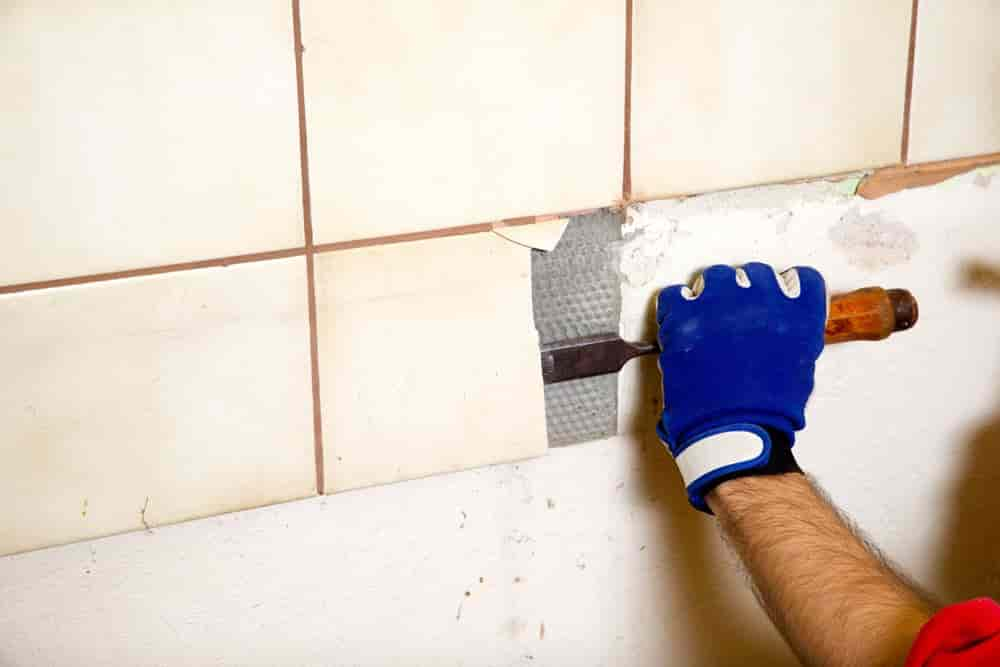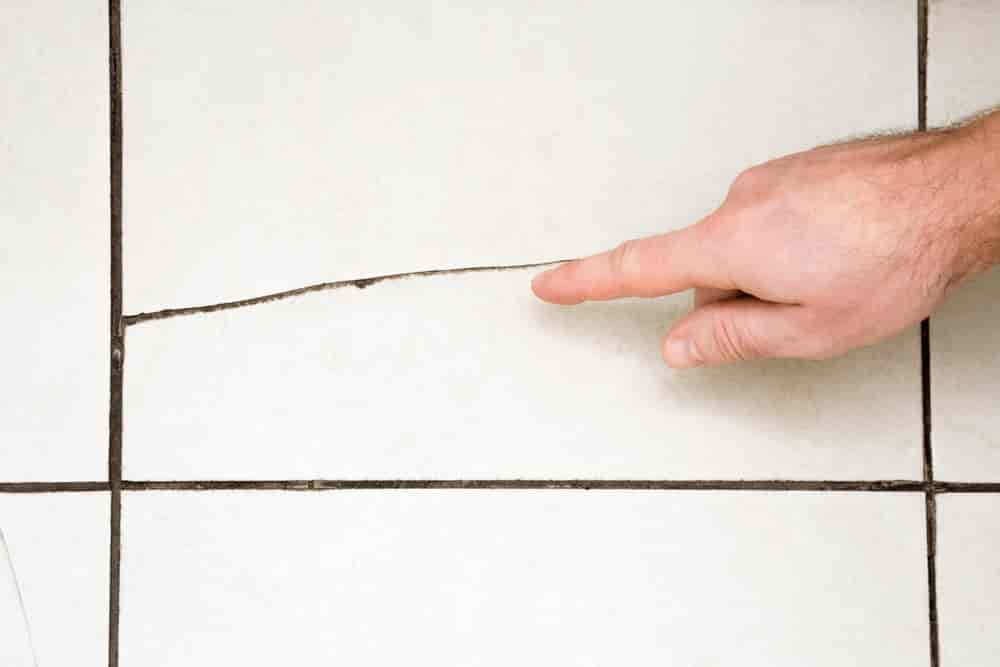Even though ceramic tiles are old types of floor material, with time they will become worn down or experience damage as a result of use and traffic. So deterioration problems need to be cared for.
Certain tiles, such as ceramic mosaic tiles and dense, tightly grained quarry tiles, are particularly effective at warding off wear and stains. However, a large number of other surfaces, in particular patterned encaustic tiles and geometric tiles, are extremely susceptible to abrasion.
The tile flooring in particular areas that receive more use than others, such as entryway entrances, can cup as a result of heavy foot activity, which can also cause the tile flooring to wear unevenly.
The precise clay mixture, as well as the dye or pigment that is used to color the clay, can have an effect on the level of hardness and durability of a single ceramic tile as well as an entire ceramic tile floor.
As glazes age, they may occasionally develop pits or become powdery. Both of these effects are common. Lead glazes that were low-temperature burned and used in the 19th century deteriorated rather rapidly. It is possible for glazes to crack or shatter due to the fact that their composition differs from that of the baked clay tile body.

Crazing is not considered a severe failure of the material in most cases until it can be seen to extend into the porous clay of the tile body that lies beneath it.
However, any debris that finds its way into these crevices is impossible to remove, and it will leave a stain on the tile. In the event that the crazing penetrates the glaze, the tile’s capacity to take in water may be enhanced.
Ceramic floor tiles are especially susceptible to shattering and being damaged when something heavy or bulky is accidentally dropped on them.
The constant movement of heavy objects, such as carts, over a floor can also cause ceramic tiles to crack and break apart, in addition to the intense vibration that is caused by the traffic outside.
The conventional wisdom regarding ceramic tile floors is that they do not require any kind of protection against moisture because they are entirely waterproof.
On the other hand, this is not the case in point of fact. Water-related problems, especially those that occur in bathrooms and other areas that experience a high level of humidity, are one of the most common causes of the deterioration and failure of older tile flooring.
Consider replacing your flooring if it is more than 10 years old. If water is allowed to build around bathtubs and shower stalls, the grout and mortar will ultimately become weakened, and the tiles will become loose.
Some of the more porous varieties of tiles, particularly those that are not hard-fired, have the potential to start powdering or spalling if they are consistently subjected to moisture.

The longevity of ceramic tile flooring is significantly impacted by the quality of the mortar bed as well as the mortar joints.
Incorrect mortar or mortar that has not been correctly mixed can also cause problems for a floor covered in ceramic tiles, especially if the wrong sort of mortar is used.
The breakdown of a tile floor system that has been laid over a subfloor is typically brought on by grout or mortar that has become weakened or deteriorated, which in turn allows the tiles to fall loose. The potency of cleaning chemicals has the potential to deteriorate or loosen mortar as well.
In order to set tiles in the correct manner, one needs to utilize a substance that allows for some movement of the tiles.
In the past, the base and the bedding that lay beneath it were initially divided by a layer of asphalt (which, in more contemporary construction, was swapped out for a layer of plastic or building paper).
As a direct consequence of this, a certain amount of “relative” mobility is enabled, and bonding between the base and the bed is avoided. Its purpose is to prevent the floor of ceramic tiles from arching or ridging, which is a phenomena in which individual tiles or entire rows of tiles may rise to release tension and become completely detached from the bed.
In the event that this takes place, a significant number of the tiles, if not all of them, will need to be removed and reinstalled.
The process of attaching new fixtures and furnishings to an older ceramic tile floor, as well as the installation of new plumbing, electrical, and HVAC systems, or both, is likely to be one of the most common sources of damage to the floor. It’s possible that some tiles were misplaced or destroyed when prior remodeling projects were carried out to replace “dated” bathroom fixtures or to remove old pipes.

It’s likely that newly installed pipes, equipment, or fixtures have revealed previously tilled parts that were incorrectly patched with cement.
This could have happened because of the installation of the new pipes, equipment, or fittings. As a result of irresponsible construction workers and insensitive installations, historic floor tiles run the risk of being broken, damaged, or removed entirely.
All of these situations demand for the installation of replacement tile that is an exact match to the original tile.
The tile experts of our team are ready and eager to work with professional traders and importers around the world.










Your comment submitted.